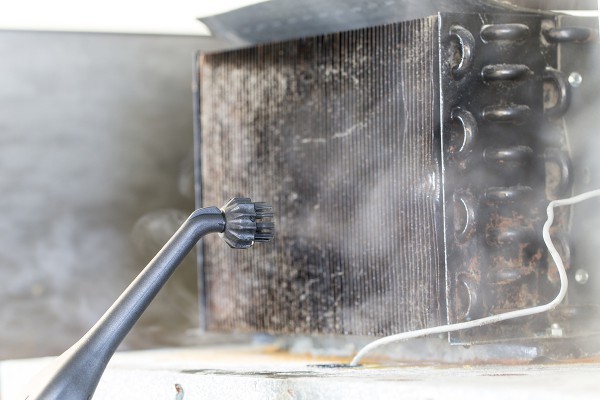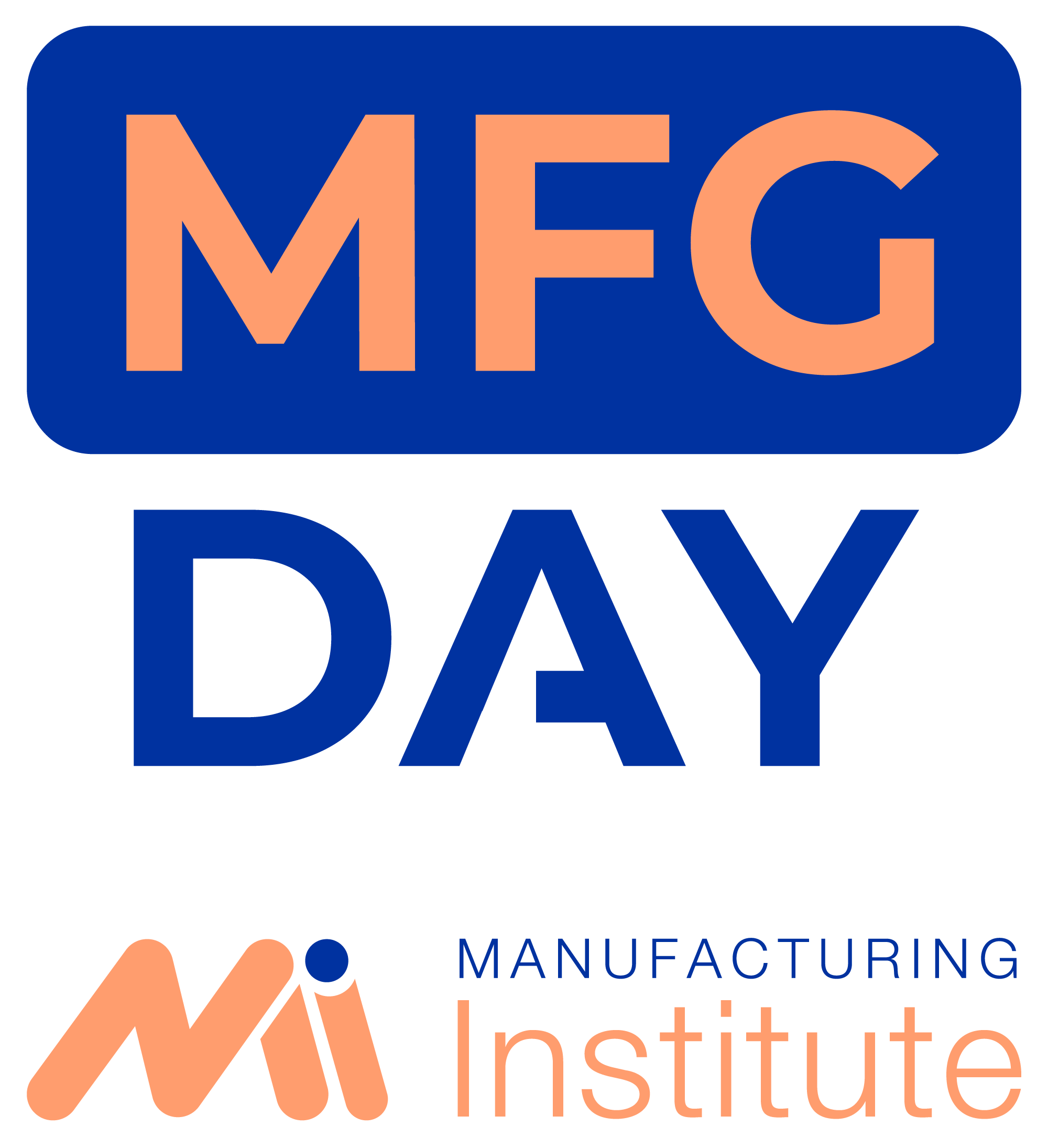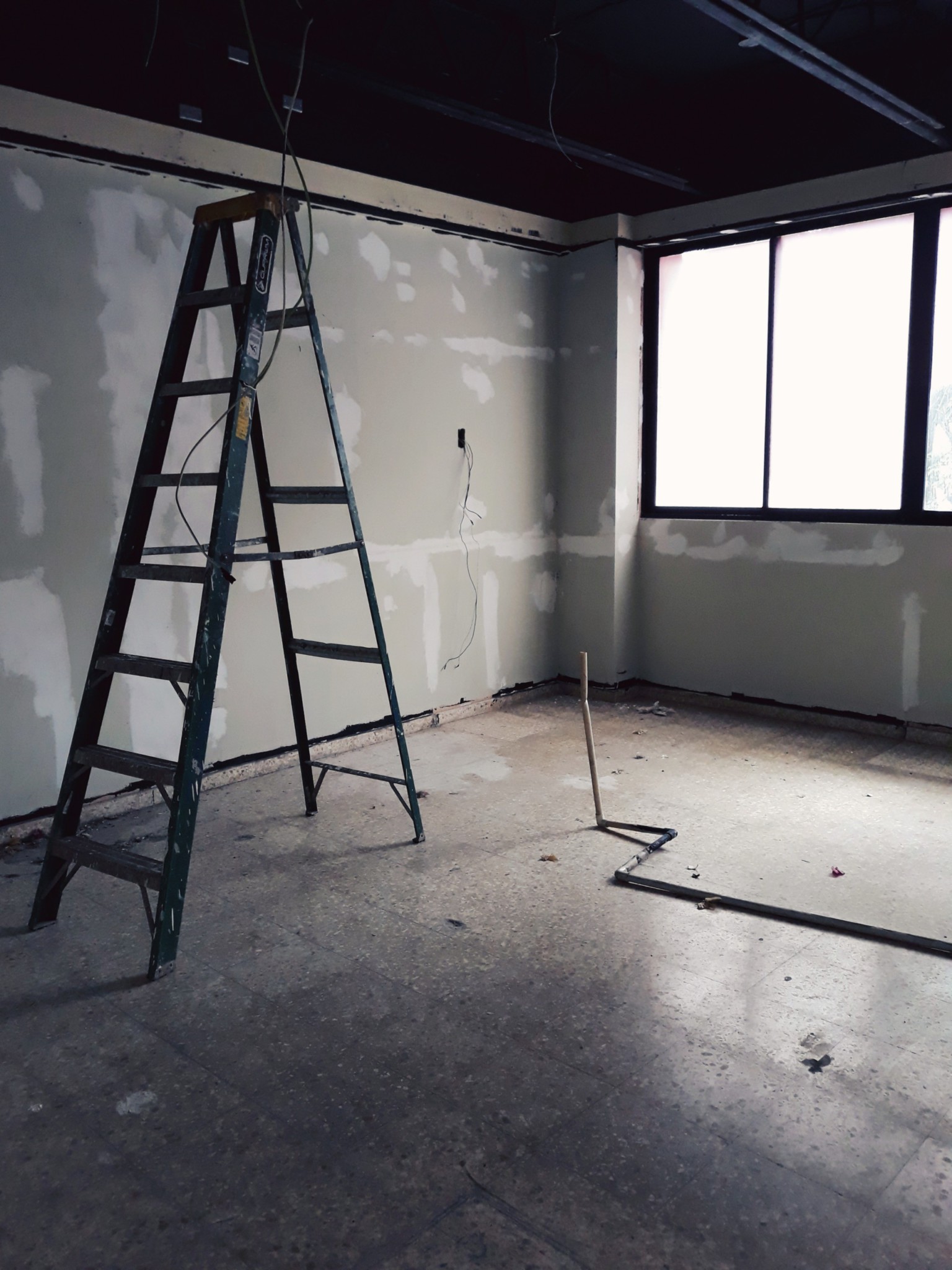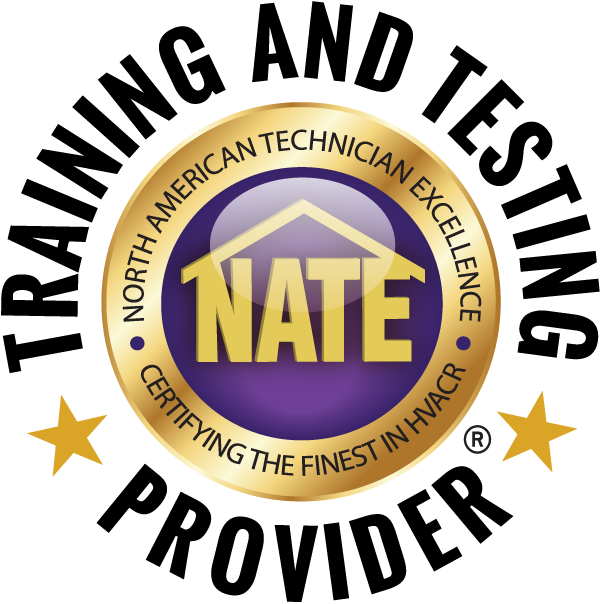STEAM CLEAN GERMS AWAY
In the HVAC market, February and March usually mean that the preventative maintenance (PM) cleaning season is upon us. But times, for lack of better words, are unusual. The COVID-19 spread has pushed out PM work and left our essential HVAC contractors working on emergency work only for the most part. However, PM, including coil cleaning is important, as is the cleaning and disinfection of HVAC components. By there nature, HVAC coils can be breeding grounds for bacteria like mold and mildew. When HVAC systems, including coils, are dirty or filled it can negatively impact efficiency, performance, and indoor air quality (IAQ). Since the primary goal of an HVAC system is safe, clean heat exchange, cleaning, and sanitation of the coils must be a priority when it comes to regular HVAC maintenance.
Among the many solutions for cleaning coils and other surfaces are “Dry” Steam systems. Dry steam cleaning systems produce high-temperature steam with just a fraction of the water vapor of regular steam. The superheated water vapor from the Dry Steam Surface and Coil Cleaner contains only 10% moisture or less and comes out at 235F (113C) degree temperature. This temperature and moisture level means that surfaces are cleaned, and sanitized with very little water residue remaining.
Dry steam produces a powerful output of steam that quickly removes substances such as stubborn grease, oil, dirt, and other residues. It also uses the heat to destroy the cell structures of viruses and bacteria, all without any need for chemicals.
Dry steam can be a perfect solution for situations where chemical use is discouraged, like food and grocery, healthcare, and others.

CLEANING VS. DISINFECTION VS. SANITIZING
When coil cleaning, it is important to know the difference between cleaning, disinfecting, and sanitizing. According to the CDC, cleaning removes germs, dirt, and impurities from surfaces or objects.
Cleaning works by using soap and water to physically remove germs from surfaces. This process does not necessarily kill germs but removes the germs. This process does not necessarily kill germs, but by removing them, it lowers their numbers and the risk of spreading infection.
Disinfecting kills germs on surfaces or objects. Disinfecting works by using chemicals or steam to kill germs on surfaces or objects. Disinfecting does not necessarily mean that dirt, germs, and impurities are being removed from the surface, but by killing the germs, the risk of spreading infection is lowered.
Sanitizing lowers the number of germs on surfaces or objects to a safe level, as judged by public health standards or requirements. This process works by either cleaning or disinfecting surfaces or objects to lower the risk of spreading infection. Sanitizing can be achieved with steam.
It is important to invest in the right equipment for your coil cleaning maintenance. Take a look at the solutions SpeedClean offers.
NEXT STEPS:
Read through our Coil Cleaning Guide




Leave A Comment